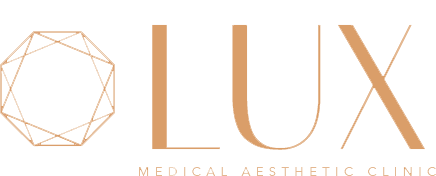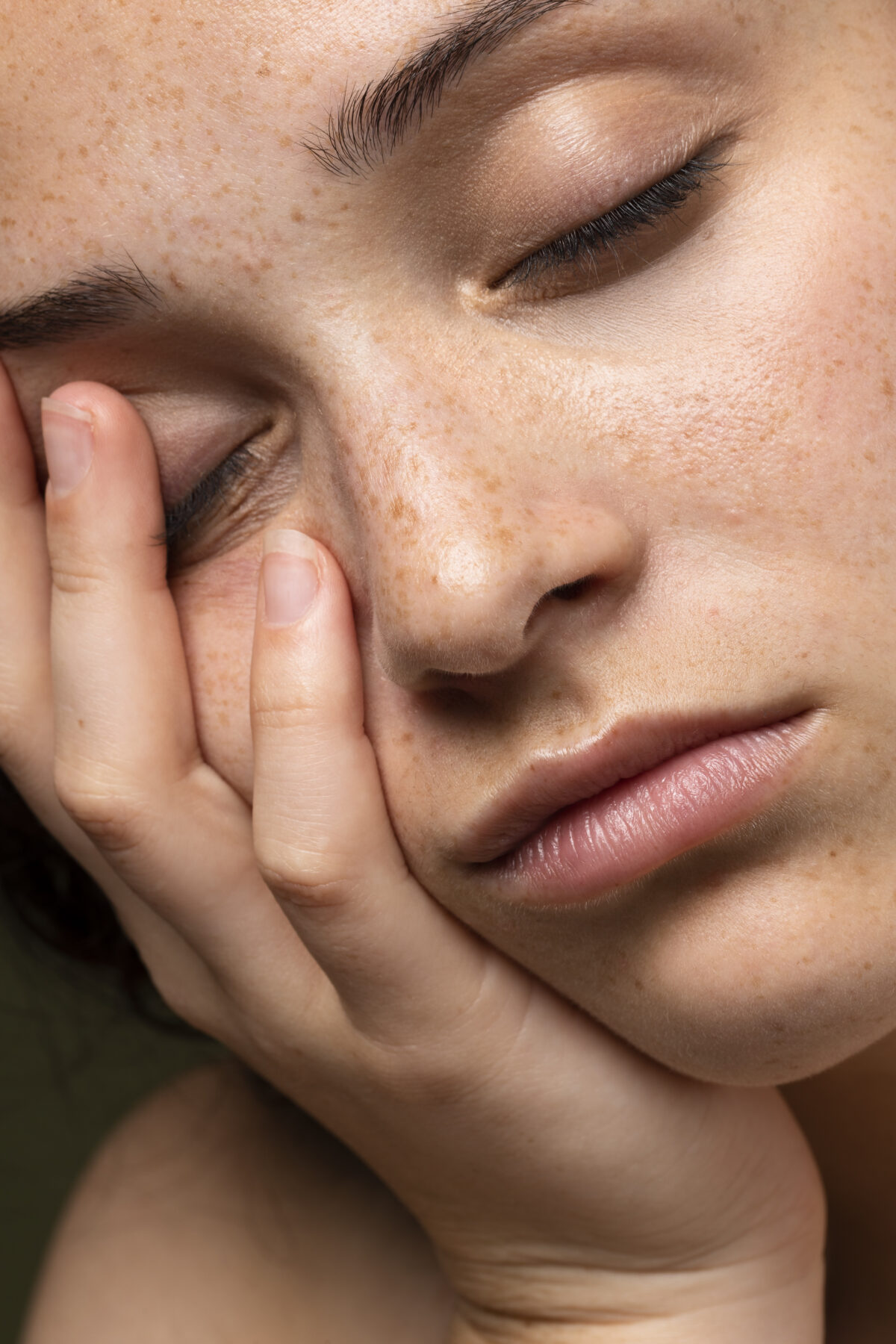Freckles: What Is It, Causes, Types and Treatment Options
Freckles are a common skin feature that many people have, but not everyone understands what they are or how they form. While some see freckles as unique and beautiful, others seek ways to reduce their appearance. In this article, we’ll explore everything you need to know about freckles, from their causes to the various treatment options available for you.
What are Freckles?
Freckles are small, dark spots on the skin, often appearing as tan, brown or red. While they’re not harmful, they are commonly a feature of one’s complexion and vary in size, colour and distribution.
Causes of Freckles
Genetic Factors
The formation of freckles is strongly influenced by a person’s genetics. People with fair or light skin colour, blond or red hair, and light-coloured eyes are more likely to develop freckles. The tendency to freckle is inherited, particularly through the melanocortin-1 receptor (MC1R), which affects melanin production in the skin.
Sun Exposure
Freckles often develop in response to sun exposure, as UV rays trigger the skin to produce more melanin as a protective response. It is why freckles are commonly found on sun-exposed skin, such as the face, arms, neck, and back. Freckles also tend to be more prominent in the summer and may fade when sun exposure is reduced, such as during autumn or winter.
Types of Freckles
Here are two types of freckles.
Ephelides
Ephelides are the classic freckles often associated with fair skin and red or blonde hair. They appear primarily due to sun exposure and can fade in the winter. These flat freckles are red or light brown and are commonly seen in people of European or North and East Asian descent.
Lentigines
Also known as age or liver spots, these freckles typically present as larger and darker brown spots than ephelides. They are associated with prolonged sun exposure and tend to appear as individuals age, particularly after 40, and do not fade with the seasons.
| Feature | Ephelides | Lentigines |
|---|---|---|
| Colour | Light tan to reddish-brown | Dark brown to black |
| Size | Small (1–2 mm in diameter) | Larger (up to several cm in diameter) |
| Distribution | Commonly found on the face, arms, and shoulders | Often appear on sun-exposed areas like hands, shoulders, and face |
| Causes | Primarily due to sun exposure | Associated with ageing and prolonged sun exposure |
| Fading | Can fade relatively quickly with reduced sun exposure | Tend to remain constant and do not fade with seasons |
| Typical Skin Type | More frequent in fair-skinned individuals | More common in individuals with any skin type, especially older adults |
Freckles vs Sunspots
Although freckles and sunspots might appear similar, they differ in origin and appearance.
- Freckles are genetic and tend to fade without sun exposure.
- Sunspots (solar lentigines or age spots) result from prolonged sun exposure and are typically larger and more defined than freckles. Sunspots also tend to persist longer and not fade as easily when sun exposure is reduced.
Freckles vs Moles

It’s important to distinguish between freckles and moles, as they have different implications for your health.
- Freckles are flat, light brown, and generally harmless.
- Moles can be flat or raised. They vary in colour and could become cancerous, especially if they change in size, shape or colour over time.
Treatment Options for Freckles
Several options exist for individuals considering treatments to reduce the appearance of freckles. Below is an overview of some methods available:
1. Topical Treatments
Topical creams and acids can help lighten freckles over time. Common ingredients include alpha-hydroxy acid (AHA), hydroquinone and retinoid, which promote skin cell turnover and reduce pigmentation.
2. Chemical Peels
The chemical peel procedure involves applying a solution to exfoliate the top layer of the skin and reveal newer, less pigmented skin beneath. This treatment can reduce the appearance of freckles but may require multiple sessions.
3. Laser Treatment
Laser treatment targets the melanin in freckles, breaking it down so the body can naturally remove it. This treatment may require several sessions for the desired results.
4. Intense Pulsed Light (IPL)
IPL uses pulses of light to target pigmentation in the skin and reduce the appearance of freckles. It is typically less aggressive but may require more sessions before freckles become less noticeable.
When to Seek Medical Advice
If you notice any changes in your freckles, such as an increase in size, a change in colour, or irregular borders, it’s crucial to consult a doctor. Regular skin checkups are important if you have many freckles to help catch any potential issues early.
Conclusion
Freckles are a common facial feature, especially in individuals with lighter skin tones. While they’re usually harmless, being informed about their causes and the treatments available for you can assist in skin care decisions. If you’re ever in doubt, consult a doctor for advice on how to best care for your skin and monitor any changes.


